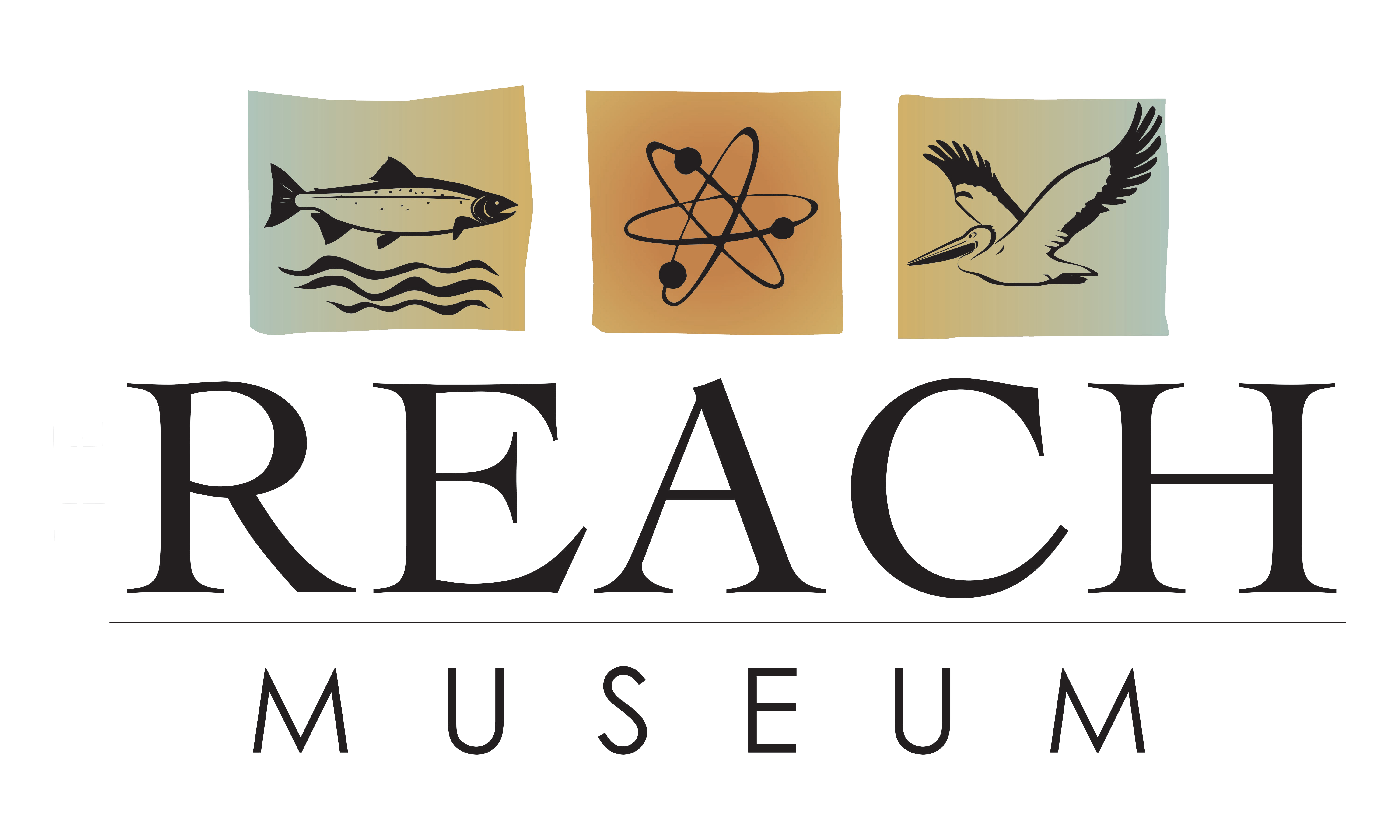Welcome to the Peace Pole Project: Fostering Unity and Harmony Through the Reach Foundation and REACH Museum Partnership
Discover the inspiring journey of the Peace Pole Project, an extraordinary collaboration between the Reach Foundation and the REACH Museum. Rooted in the shared values of cultural preservation, education, and unity, this initiative stands as a testament to our commitment to promoting peace and understanding on a global scale.
About the Peace Pole Project
At the heart of the Peace Pole Project lies a profound endeavor to spread the message of peace far beyond borders. The collaboration between the Reach Foundation and the REACH Museum is a celebration of cultural heritage, aimed at empowering communities and individuals with the spirit of unity and harmony.
Inspired by the Waterton Glacier International Peace Park Association (WGIPPA), the Peace Pole Project commenced in 2022, marking the beginning of a decade-long effort to plant 100 peace poles across the four sponsoring Districts of WGIPPA – 5080, 5360, 5370, and 5390. These peace poles serve as enduring symbols, adorned with the universal inscription “May Peace Prevail On Earth,” resonating across languages and cultures.






